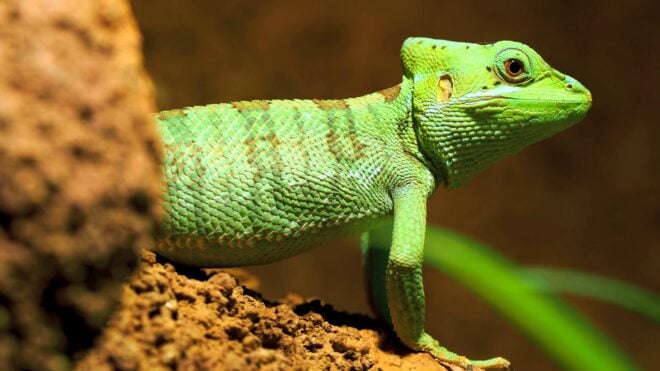Orcas are kind of like the pandas of the sea. They're adorably round (though still fierce!) and have a distinctive black and white pattern that can be spotted and recognized immediately.
After all, that's why orcas are so beloved. Their distinctive patterns make them attractive to us, as do their size and power. Of course, that attractiveness has lately put them in jeopardy, as orcas, as well as plenty of other marine creatures, are both captured in the wild and bred in captivity to live miserable lives in aquatic parks like SeaWorld.
And that's why there are, luckily, dedicated people around the world looking out for them, and petitioning governments and the public to better protect these beautiful animals. They're working to make sure all orcas can live their natural and healthy lifespans, which can be quite long, in the wild.
And on September 1, workers with the Far East Russia Orca Project (FEROP) got a real treat.
Because while black-and-white orcas are beautiful enough, they got to see a truly rare sight for the first time in four years: an albino orca, who was a shimmering white next to his normal-colored family.
And it was also a relief. The last time this whale, nicknamed Iceberg, was spotted was in 2012. With no sightings since then, FEROP and others were concerned for Iceberg's well-being. But it turns out he's going strong!
[H/T: Daily Mail]

When you think of orcas, you probably think of their distinctive black and white pattern, and normally, you'd be right. But not when it comes to Iceberg.
Iceberg is an all-white orca, first spotted near the North Pacific's Commander Islands in 2010. Despite all-white orcas being a one-in-10,000 occurrence, Iceberg had gone undetected by humans for 16 years of his life.
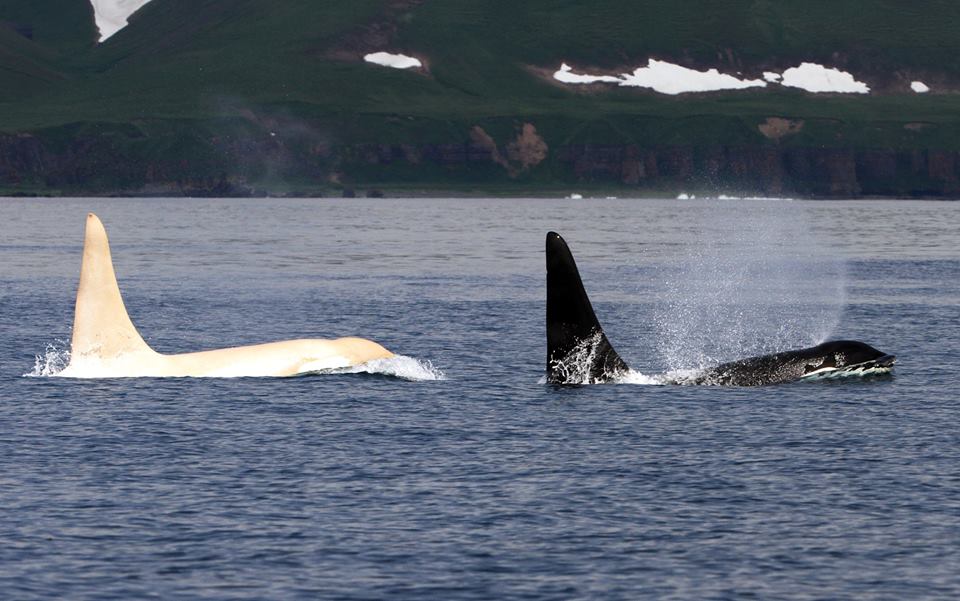
Erich Hoyt of the Far East Russia Orca Project (FEROP), said that it was the first time a fully grown, all-white orca had been spotted, and described him as "breathtakingly beautiful."
But since 2012, there had been no sighting of Iceberg, and researchers and orca supporters everywhere feared the worst.
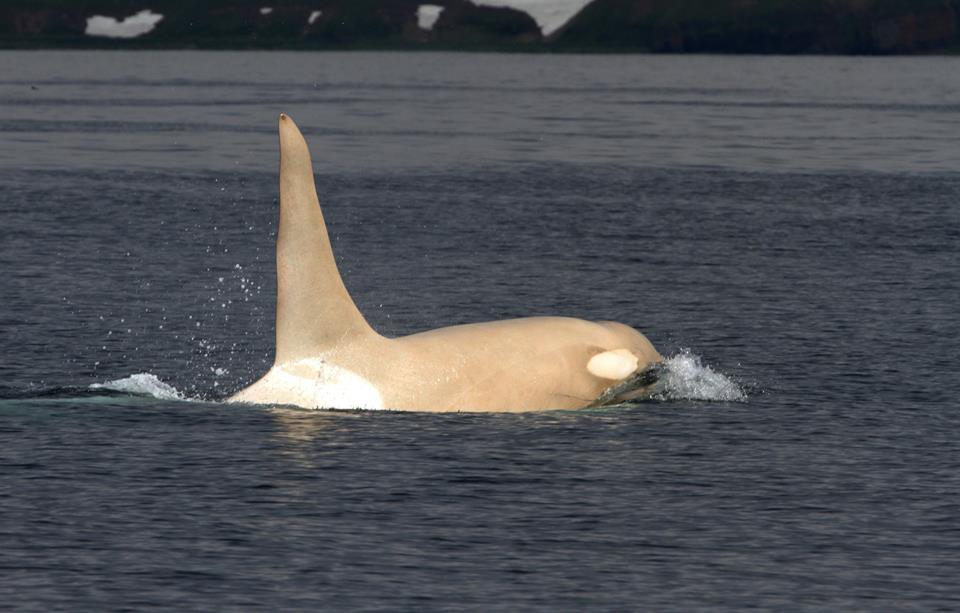
But on September 1, Iceberg was spotted again near the Kuril Islands, which are located in the North Pacific between Russia and Japan. He was alive and well!
As you can see, he still bears the classic orca pattern, just in a shade of ivory rather than black.

The fact that Iceberg is alive and well is great news, and the marine science community is thrilled. Today, Iceberg is 22 years old.
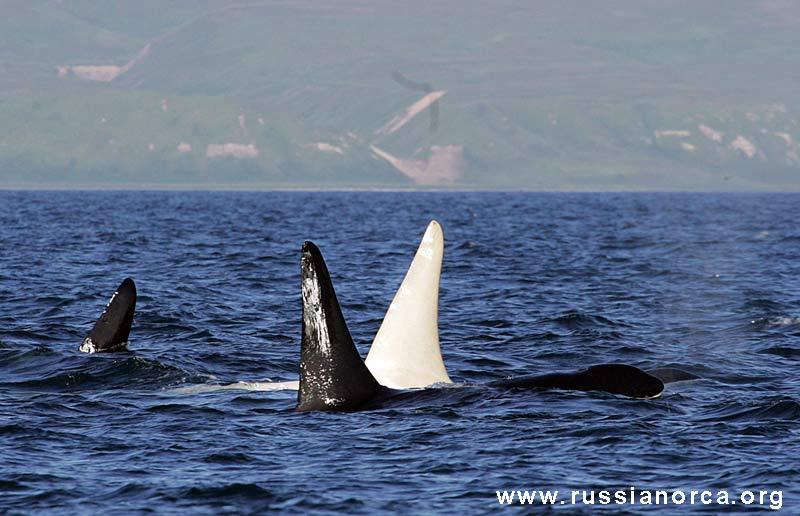
And he's still roaming the seas with his family.
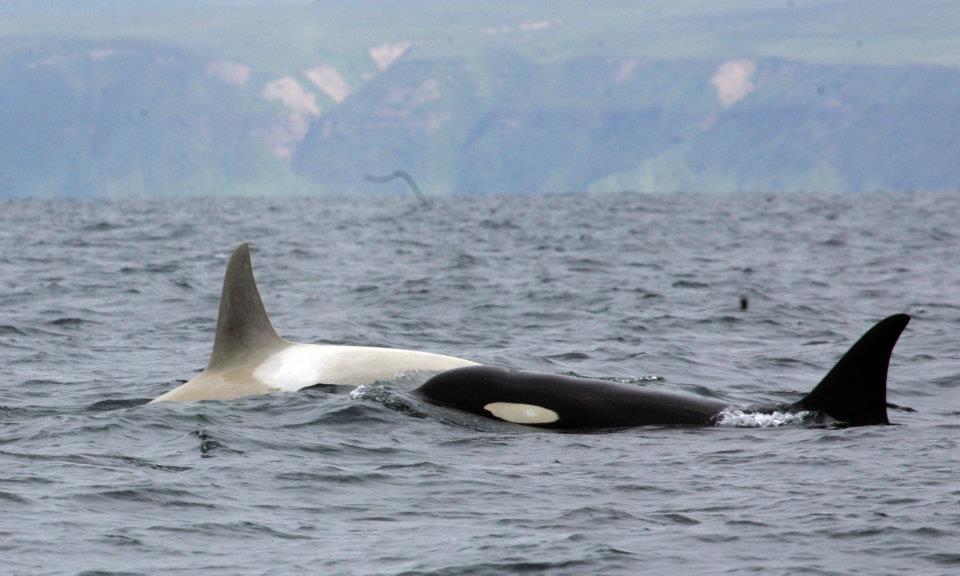
In all, FEROP estimates that there are between five and eight all-white orcas on the entire planet.
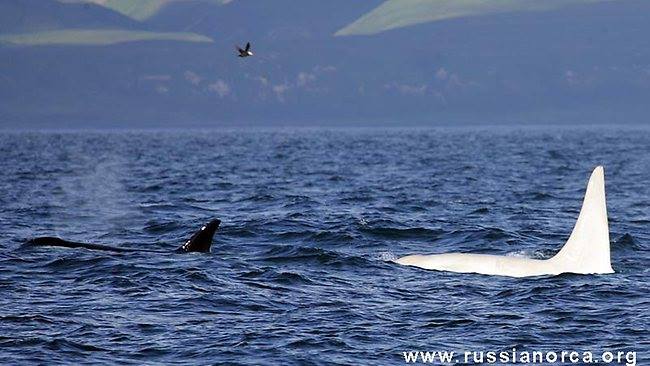
They don't know, however, if all of these whales are truly albino.
Albinism is characterized by total lack of pigment all over the body, which means that the eyes would be a red or pink color.
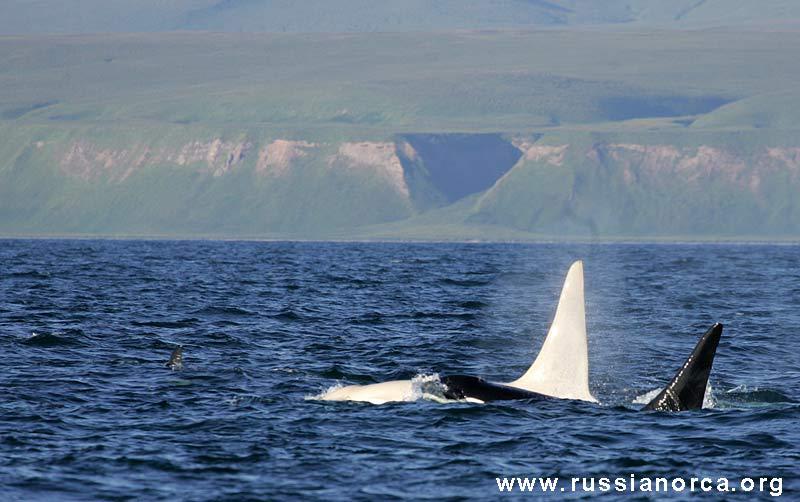
However, leucism is the partial loss of pigment, which means the eyes would be a normal color. This is more likely, but scientists aren't sure which Iceberg is, so they're just calling him "all-white" for now!
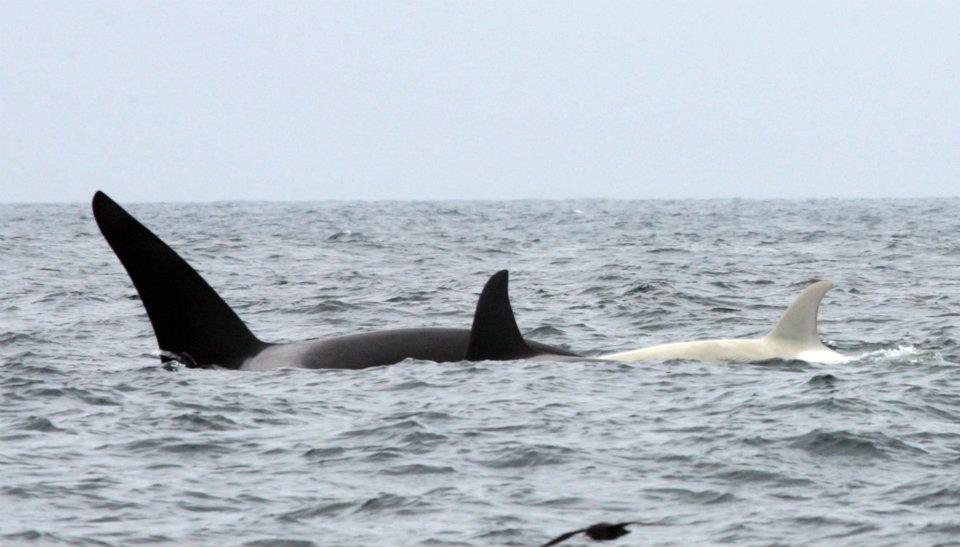
Another all-white orca is a juvenile named Lemon. You can see here that he's still young, and smaller than the adults.

It also looks like Lemon's had a few scrapes, judging by the scarring on his back. But FEROP reported that he seemed to be in good health, diving and looking for fish with his family.

There's also an all-white female nicknamed Mama Tanya swimming with this pod. She also bears a white "saddle" spot behind her dorsal fin (look closely).
This spot has been seen on several other whales in this family group, both on the white and black orcas. It's a family trait!
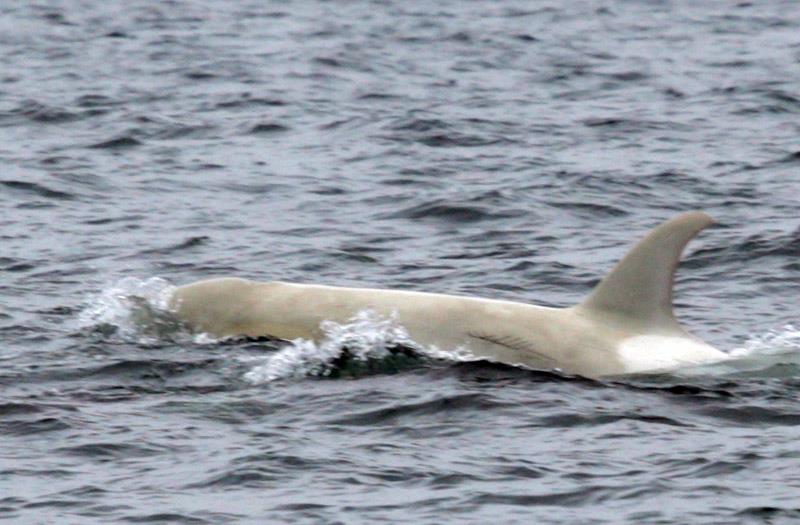
This orca family is lucky to be together and healthy in a perilous world.
You can keep up with them on FEROP's website and Facebook page, as well as on the website and Facebook of their American colleagues, the WDC.
SHARE these incredible animals with your friends to spread the word about keeping their habitats safe!

